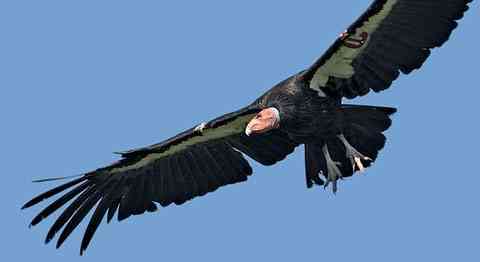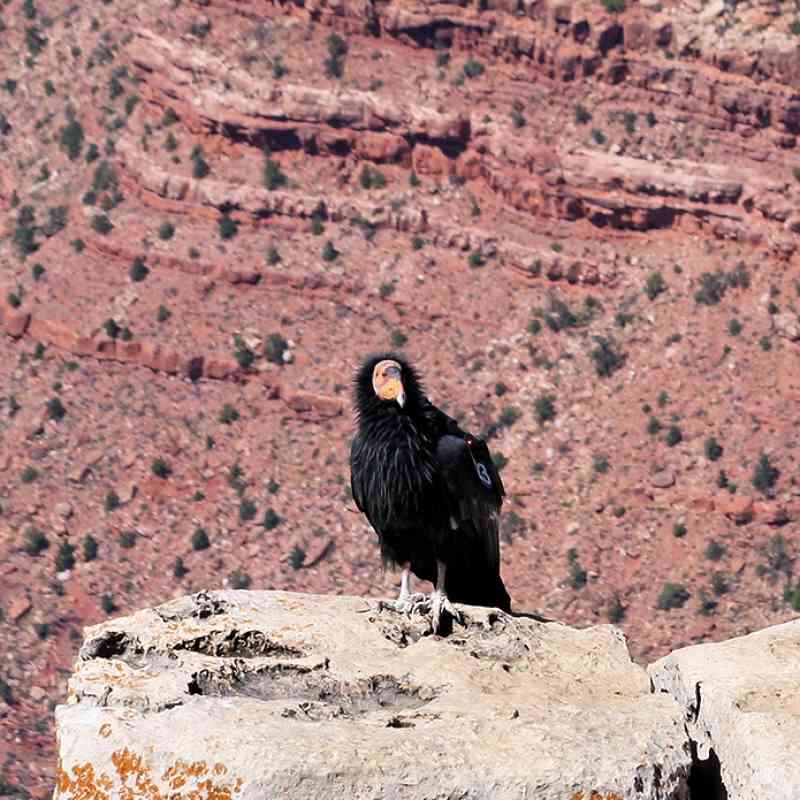Defenders calls for changes in condor country

They ride the wind’s updrafts along the Vermillion Cliffs in northern Arizona, gliding through the air on wings that stretch more than nine feet—the longest wingspan of any North American land birds.
But this ease in the air doesn’t translate into other areas of the California condor’s life. Poaching, lead poisoning and habitat destruction sent the species on a drastic decline during the last century. Once found throughout the mountainous regions of the Pacific Northwest, the species reached a record low of 22 birds in the wild by the 1980s. To save the condor, the U.S. Fish and Wildlife Service captured the remaining free-flying birds and successfully bred them in captivity. Releases back into the wild began in 1991, and at last count in April, 226 condors flew free in California, Arizona and Baja, Mexico.
They are far from home free, however. Lead poisoning is now the leading cause of death for these slow-to-reproduce scavengers. Condors eat dead animals, including those that have been shot with lead ammunition. Sometimes carcasses or entrails are left behind by hunters who clean their kills in the field, or an animal is shot and gets away but later dies. Lead can quickly accumulate in the big birds causing lead poisoning leading to anemia, blindness, seizures and death.
“It’s time for ammunition manufacturers to step up and do what was done for waterfowl decades ago,” says Defenders’ President Jamie Rappaport Clark, who recently traveled to Arizona to discuss the lead situation with state wildlife officials—and to get up close and personal with a species she worked to protect while heading the U.S. Fish and Wildlife Service in the late 1990s. “The California condor won’t be able to recover until manufacturers and hunters step up and move away from lead ammunition. Only with significant human support will we make any more headway toward keeping these incredible flying creatures in their rightful place in the wild.”
To this end, Defenders led the charge to encourage California officials to pass legislation that in 2008 banned the use of lead ammunition when hunting big game in condor habitat, and is working to ensure similar protection is enacted for condors in neighboring states. In Arizona, free vouchers for nonlead ammunition have swayed some hunters to switch their shot. California’s lead ammunition ban has effectively reduced lead exposure in scavenger birds, according to a University of California-Davis study published last year in PLoS One, a peer-reviewed scientific journal. Researchers compared lead levels in the blood of golden eagles and turkey vultures within California condor range when lead was legal and one year after it was banned. They found that lead exposure in golden eagles and turkey vultures declined significantly post-ban and may benefit the conservation of species.
“Conversion to lead-free ammunition should not affect hunter success, but it will do a world of good for condors and other critters,” says Clark. “If we are seeing consistently high lead levels in condors, just imagine how many other animals are at risk. Clearly, lead and wildlife do not mix.”
Related


